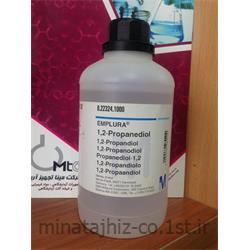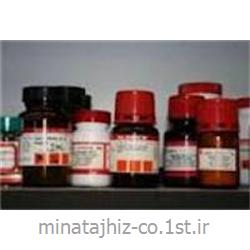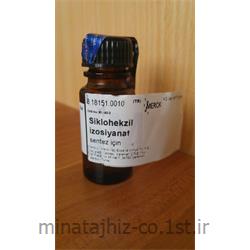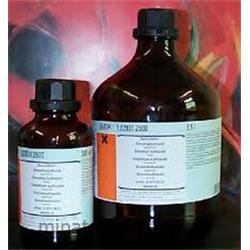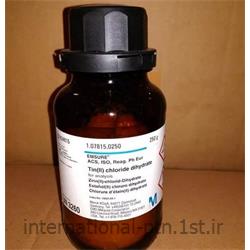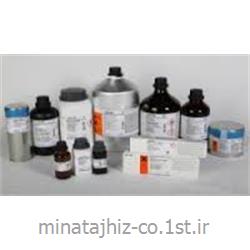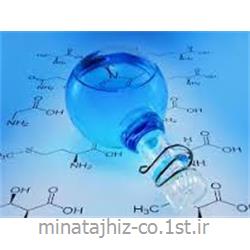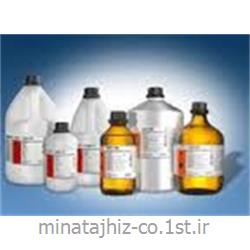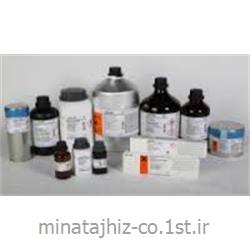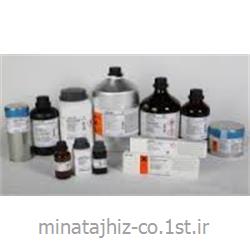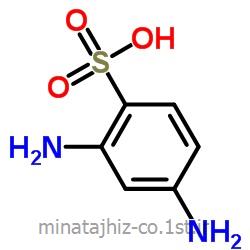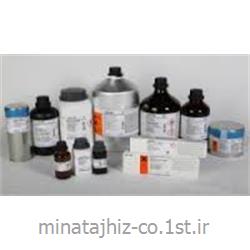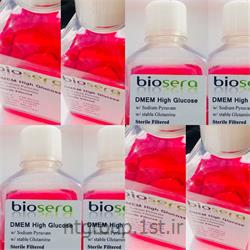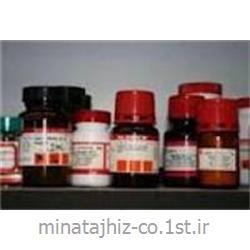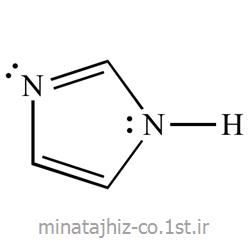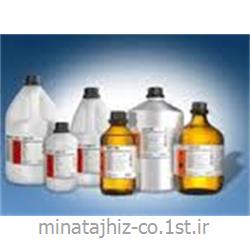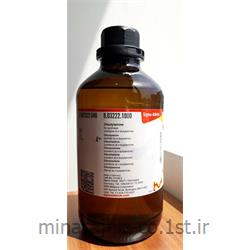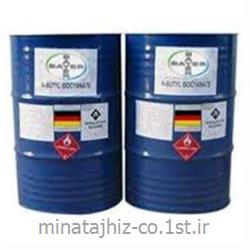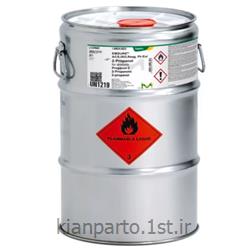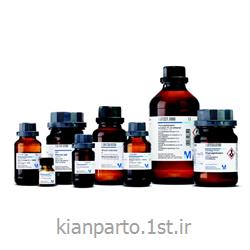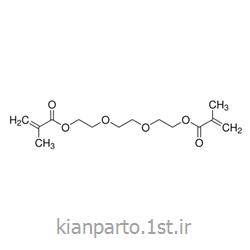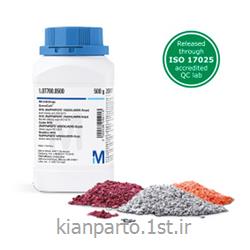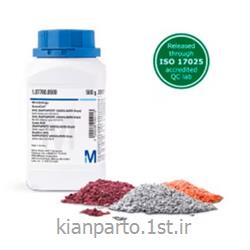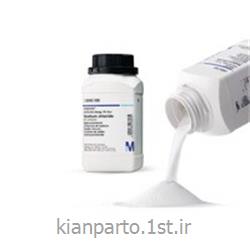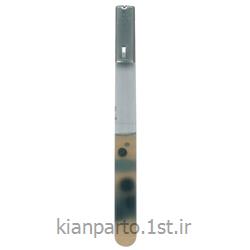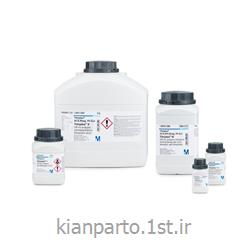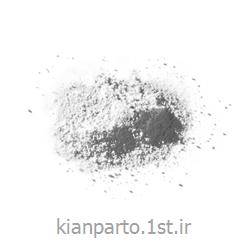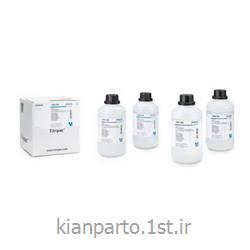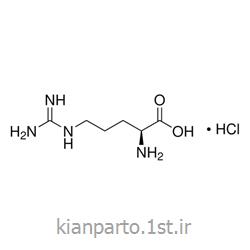| Description | |
|---|---|
| Catalogue Number | 108262 |
| Synonyms | TFA |
| Description | Trifluoroacetic acid |
| Overview | Accurate analytic results in UV/VIS and infrared spectroscopy depend on the use of very pure solvents for sample preparation. The Uvasol® solvents range has been specially designed for spectroscopy and other applications requiring solvents of the highest spectral purity. The refinement process allows a greater degree of security in applications and avoids misinterpretation of analytical results caused by traces of UV, IR and fluorescence contamination. Uvasol® solvents offer best UV transmittance. In all specifications the minimum transmittance for 5 typical wavelengths are identified. Furthermore the transmittance is specified in accordance with Reag. Ph Eur and ACS. |
| Product Information | |
|---|---|
| CAS number | 76-05-1 |
| EC index number | 607-091-00-1 |
| EC number | 200-929-3 |
| Hill Formula | C₂HF₃O₂ |
| Chemical formula | CF₃COOH |
| Molar Mass | 114.02 g/mol |
| HS Code | 2915 90 70 |
| Structure formula Image | |
| Applications | |
|---|---|
| Application | Trifluoroacetic acid for spectroscopy Uvasol®. CAS 76-05-1, EC Number 200-929-3, chemical formula CF₃COOH. |
| Physicochemical Information | |
|---|---|
| Boiling point | 72 °C (1013 hPa) |
| Density | 1.48 g/cm3 (20 °C) |
| Melting Point | -15 °C |
| pH value | 1 (10 g/l, H₂O) |
| Vapor pressure | 141 hPa (20 °C) |
| Safety Information according to GHS | |
|---|---|
| Hazard Pictogram(s) |   |
| Hazard Statement(s) | H314: Causes severe skin burns and eye damage. H332: Harmful if inhaled. H412: Harmful to aquatic life with long lasting effects. |
| Precautionary Statement(s) | P273: Avoid release to the environment. P280: Wear protective gloves/ protective clothing/ eye protection/ face protection. P301 + P330 + P331: IF SWALLOWED: Rinse mouth. Do NOT induce vomiting. P305 + P351 + P338: IF IN EYES: Rinse cautiously with water for several minutes. Remove contact lenses, if present and easy to do. Continue rinsing. P308 + P310: IF exposed or concerned: immediately call a POISON CENTER or doctor/ physician. |
| RTECS | AJ9625000 |
| Storage class | 8B Non-combustible, corrosive hazardous materials |
| WGK | WGK 2 water endangering |
| Disposal | 4 Liquid organic acids or solutions should be diluted, if necessary, and carefully neutralized with sodium hydrogen carbonate (Cat. No. 106323) or with sodium hydroxide (Cat. No 106462). Before filling into container D, check the pH with pH universal indicator strips (Cat. No. 109535). |
| Safety Information | |
|---|---|
| Hazard Symbols |  Corrosive Corrosive |
| Categories of danger | harmful, corrosive, dangerous for the environment |
| R Phrase | R 20-35-52/53 Harmful by inhalation.Causes severe burns.Harmful to aquatic organisms, may cause long-term adverse effects in the aquatic environment. |
| S Phrase | S 9-26-27-28-45-61 Keep container in a well-ventilated place.In case of contact with eyes, rinse immediately with plenty of water and seek medical advice.Take off immediately all contaminated clothing.After contact with skin, wash immediately with plenty of soap and water.In case of accident or if you feel unwell, seek medical advice immediately (show the label where possible).Avoid release to the environment. Refer to special instructions/ Safety data sheets. |
| Storage and Shipping Information | |
|---|---|
| Storage | Store below +30°C. |
| Transport Information | |
|---|---|
| Declaration (railroad and road) ADR, RID | UN 2699 , 8, I |
| Declaration (transport by air) IATA-DGR | UN 2699 , 8, I |
| Declaration (transport by sea) IMDG-Code | UN 2699 , 8, I, Segregation Group: 1 (Acids) |
| Specifications | |
|---|---|
| Assay (acidimetric) | ≥ 99.8 % |
| Water (K. F.) | ≤ 0.10 % |
| Colour number (Apha) | ≤ 10 |
| Evaporation residue | ≤ 0.005 % |
| UV-transmission (at 265 nm) | ≥ 10.0 % |
| UV-transmission (at 305 nm) | ≥ 50.0 % |
| UV-transmission (at 320 nm) | ≥ 80.0 % |
| UV-transmission (from 325 nm) | ≥ 90.0 % |

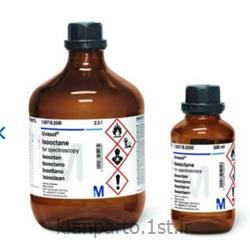





 سفارش آنلاین
سفارش آنلاین

 ضمانت سلامت فیزیکی
ضمانت سلامت فیزیکی ضمانت اصالت کالا
ضمانت اصالت کالا